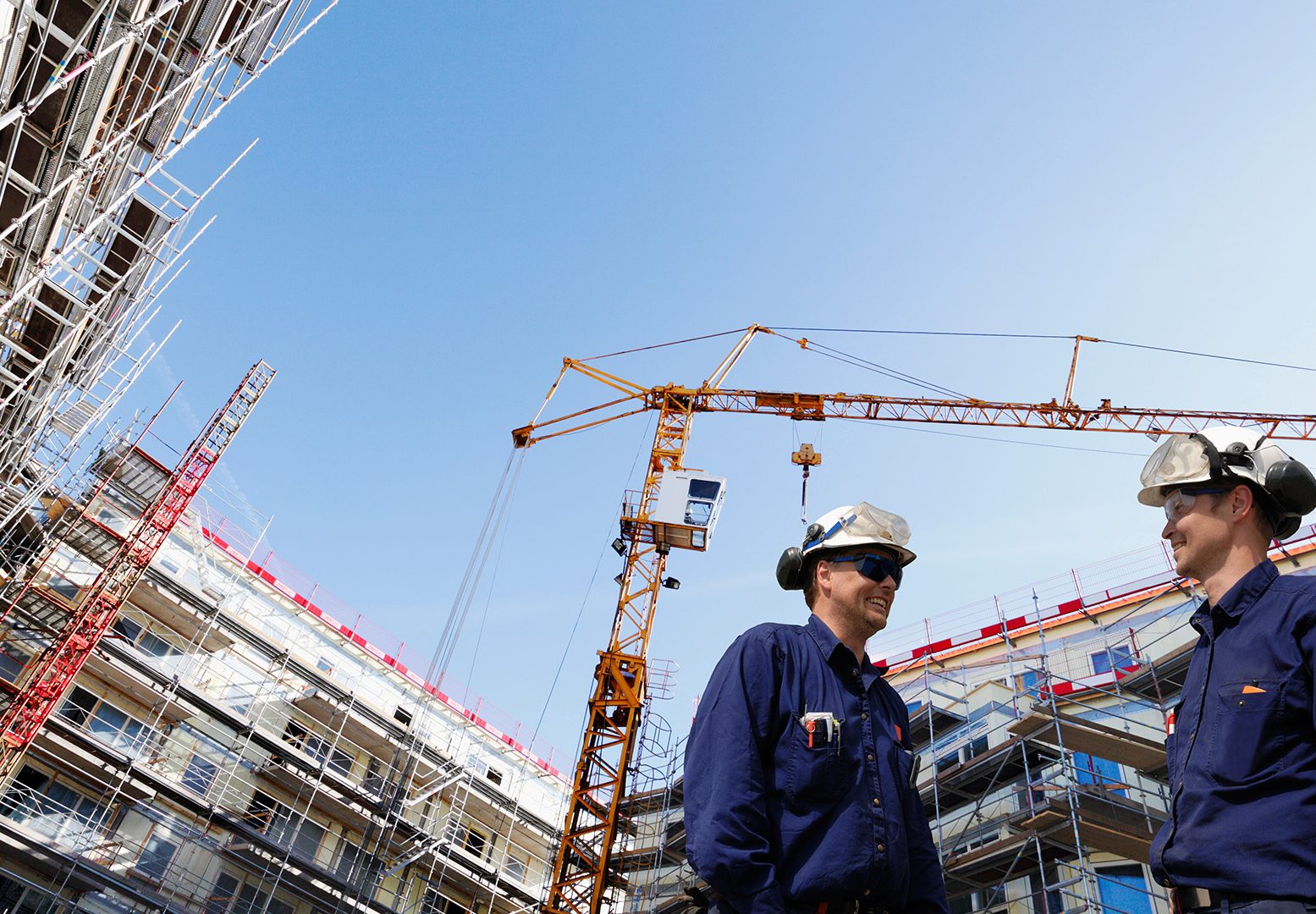Are You Using the Right Scaffold For Your Job?
Using the right tool for the job is an essential part of safe and efficient work. We would not want employees to try lifting a pallet of materials when a forklift is appropriate; in the same line, we would not want them to use a ladder when a scaffold is the right tool for the job. Whether the employee knows if a scaffold is appropriate comes down to a few factors. One factor is common sense, which is not something we can control. One factor that we can control is their training. After all, the small investment in training is significantly less than the days that injured employees could miss. That training begins with everyone involved understanding the right scaffold to use.
Common Scaffold Categories
Four common categories of scaffolds include frame, mobile, scissor lifts, and suspended. None of these is a one-size-fits-all solution. Understanding the differences ensures that we have the right scaffold available for employees to use.
Frame scaffolds are the most common type of scaffold. They are easy to use, can be used in many environments and for many types of work, and are reasonably priced. Because of their versatility, they can provide working platforms a few feet above the ground, or stacked several stories high for larger or higher projects.
Mobile scaffolds, like a Baker scaffold, are also quite common. They can be repositioned much more easily than a frame scaffold because of their wheels or casters, which can be particularly useful for painters. They eliminate the need to have multiple sections of scaffolding, allowing employees to focus on accomplishing the job instead of assembling and disassembling the scaffolds. This also frees more space for your employees to work, as well as for any other employees or trades working in the area. Employees sometimes find these too convenient though, and inappropriately “surf” the scaffold, exposing themselves to unnecessary fall risks.
Scissor lifts are a type of mobile scaffold, but due to widespread confusion that they are aerial work platforms, we are treating them separately here. However, according to a letter of interpretation issued by OSHA on August 1, 2000, for 29 CFR 1926 Subpart L Scaffolds Used in Construction, OSHA’s Director of Construction states the aerial lift standard specifically references the ANSI 1969 consensus standard. Because scissor lifts do not fall within the definition of an aerial lift in the 1969 ANSI standard, OSHA explains that scissor lifts do meet the definition of a mobile scaffold, and thus must meet the requirements of 1926.452(w) – mobile scaffolds. Scissor lifts are particularly ideal for situations when work will be performed at multiple heights since employees can efficiently and safely adjust their working height or reposition the lift as needed.
Suspended scaffolds are essentially hanging platforms from which employees work. Ropes, wires, or other non-rigid means are attached to an overhead structure, such as a support beam. Depending on the type of scaffold, they also can be raised or lowered to allow employees to complete tasks at various heights. Because they are suspended, they are usually less stable than scaffolds erected on the ground and are prone to moving when employees are working on them. They are commonly used on high-rise buildings for exterior maintenance and window washing.
There are many requirements and standards that apply to scaffolds under 29 CFR 1926 Subpart L – Scaffolds Used in Construction. General industry used to have its own requirements, but in OSHA’s Final Rule on Walking-Working Surfaces from 2016, they reduced the confusion of having two sets of standards by updating the industry standards to state that the construction standard applies to general industry employers, too.
Training Requirements
Employees who erect, dismantle, repair, and inspect scaffolds must be trained by a competent person on scaffold hazards; correct procedures for erecting, disassembling, inspecting, and repairing the type of scaffold that is used; design criteria; maximum intended load capacity and intended use of the scaffold; and any other requirements that apply.
Employees working on scaffolds must be trained by a qualified person. Training must include recognizing and controlling hazards, including electrical, fall, and falling objects; proper use of the scaffold; proper handling of materials on the scaffold; the scaffold’s maximum intended load and the load-carrying capacity; and any other requirements that pertain.
This means that only trained employees can work on scaffolds.
When employees use the right equipment for the job and use it properly, they create a safer work environment for themselves and for everyone else in the area. We make them safer by providing the right equipment, training them to use it correctly, and clearly communicating and enforcing safe work practices.








